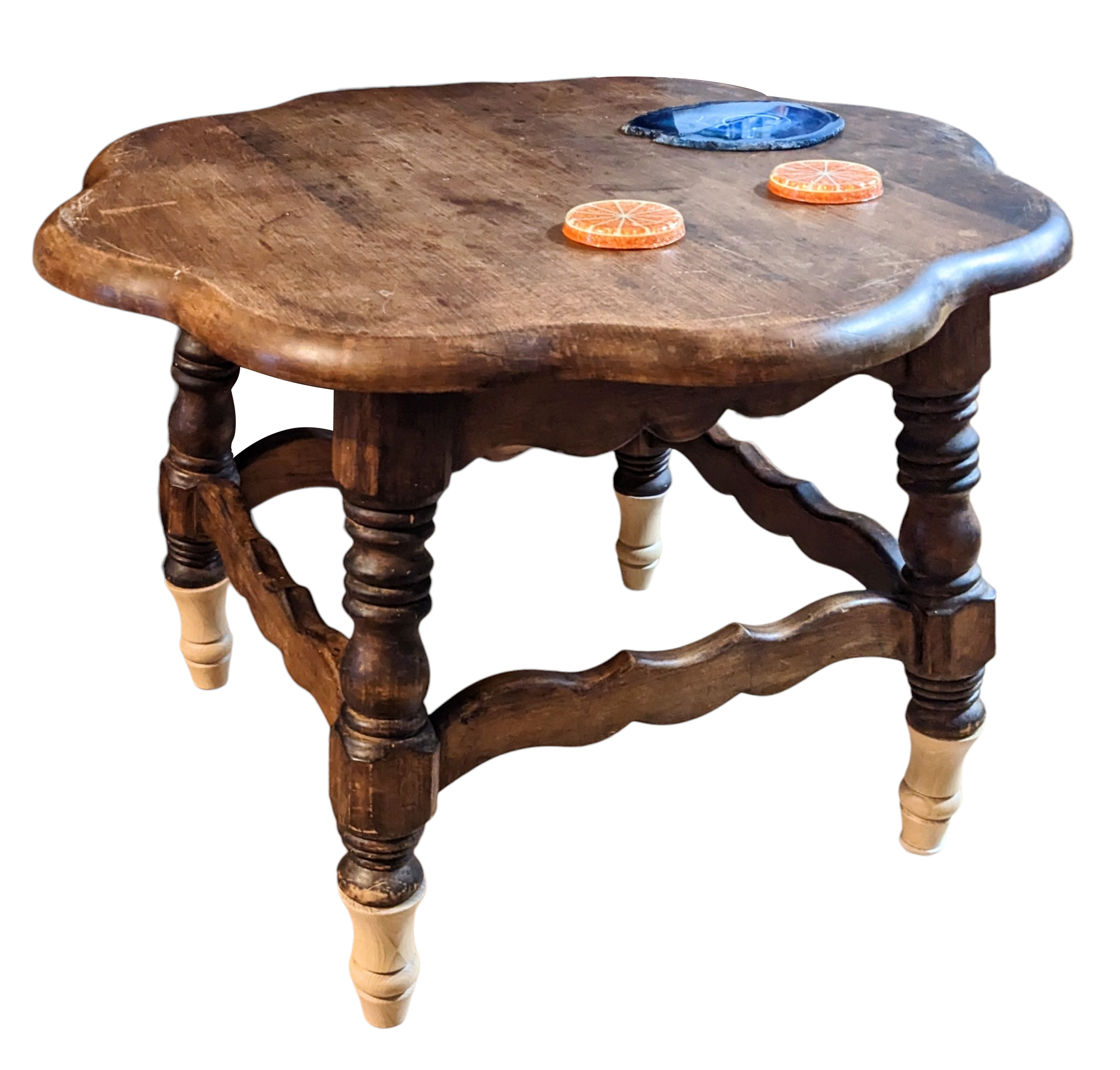Seeds planted into paper pots with cardboard labels under an LED grow light.
Empty seed packets and extra seeds sorted into pill organizers.
I am a little late getting started with some of these seeds indoors but am happy to have everything planted that needs some extra time. The main reason I am trying to plant more of our own food this year is that I am tired of plastic packaging and poor environmental practices of grocery stores and growers. Food has gotten more expensive and I’d rather spend that money investing in my own knowledge, learning how to grow food to save money and reduce my impact on the environment (perhaps even improving the environment a little?).
My current setup is a rolling tray with old baking trays as water catchers and an old broken clothing dryer as the light holder. The seeds are planted into rolled office paper tubes that have been folded in half and paperclipped together at the top. The labels are cut cardboard with sharpied names so I can just plant the whole thing when I’m ready and it will biodegrade. My extra seeds are stored in thrifted pill sorting containers (not my idea, but a good one!) The grow light is LED with white, red, and blue settings for different growth types, and the light is connected to a timer.
I’d like to have the indoor setup always growing greens because that is the one thing we consistently eat. Also no more hurrying to eat cut + packed lettuce!






